Very strong M6.5 earthquake hits near the west coast of Honshu, Japan
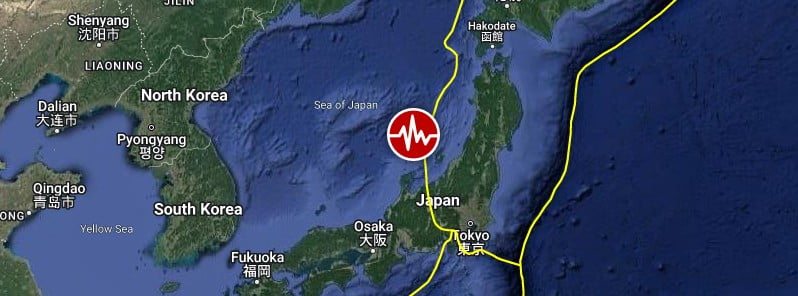
A very strong and shallow earthquake registered by the JMA as M6.5 hit near the west coast of Ishikawa, Honshu, Japan at 05:42 UTC (14:42 LT) on May 5, 2023. The agency is reporting a depth of 10 km (6.2 miles). The USGS is reporting M6.2 at a depth of 8.7 km (5.4 miles); EMSC M6.2 at a depth of 10 km (6.2 miles).
The epicenter was located 49.5 km (30.7 miles) NE of Anamizu (population 17 840), 62.2 km (38.6 miles) NNE of Nanao (population 45 309), and 93.7 km (58.3 miles) N of Toyama (population 415 844), Japan.
11 000 people are estimated to have felt very strong shaking, 57 000 strong, and 5 702 000 light.
There is no tsunami threat from this earthquake.
The seismic tremor recorded an upper 6 intensity on the Japanese seismic scale of zero to 7 in Suzu city, NHK reported. In Noto town, the intensity measured upper 5, while in Wajima city, it reached lower 5.
Other areas of Ishikawa Prefecture, as well as certain regions of neighboring prefectures such as Niigata, Toyama, and Fukui, experienced an intensity level of 4.
Two senior women were saved from beneath the rubble of destroyed houses in central Japan, while a man lost his life.
Noriaki Bando, a 59-year-old local inhabitant, shared his experience with the Mainichi Shimbun. His 80-year-old mother, Michiko, was pulled from the wreckage of their home and transported to the hospital for treatment.
“My wife and I were watching TV in the living room of the second unit when a massive tremor struck, and we couldn’t move.” He continued, “The windows were covered by soil and rocks from the hill behind the building, leaving us in complete darkness. I heard groaning coming from the main house, so I went to investigate and found my mother, who appeared to have fallen face-first into the sink, with a fallen overhead cupboard and ceiling above her. I immediately grabbed a wooden stick and stake nearby to create an opening where she was trapped.”
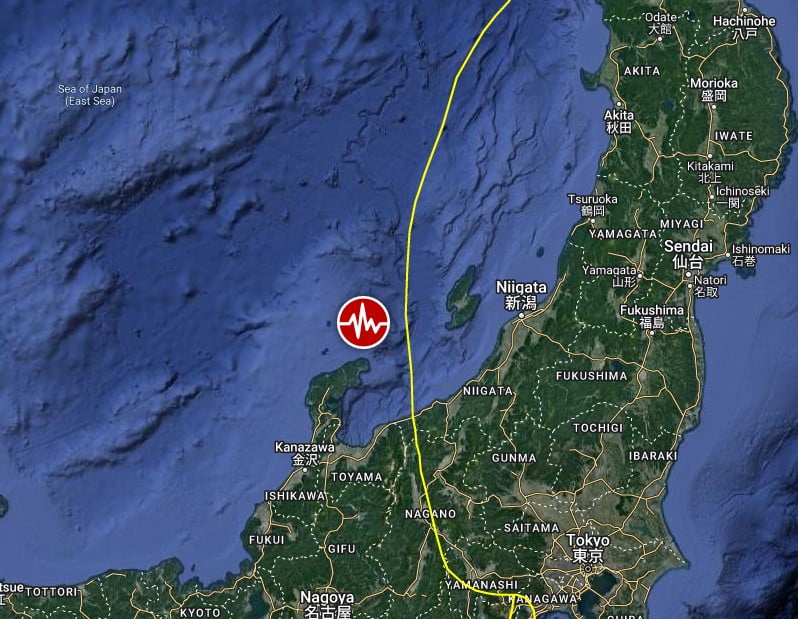
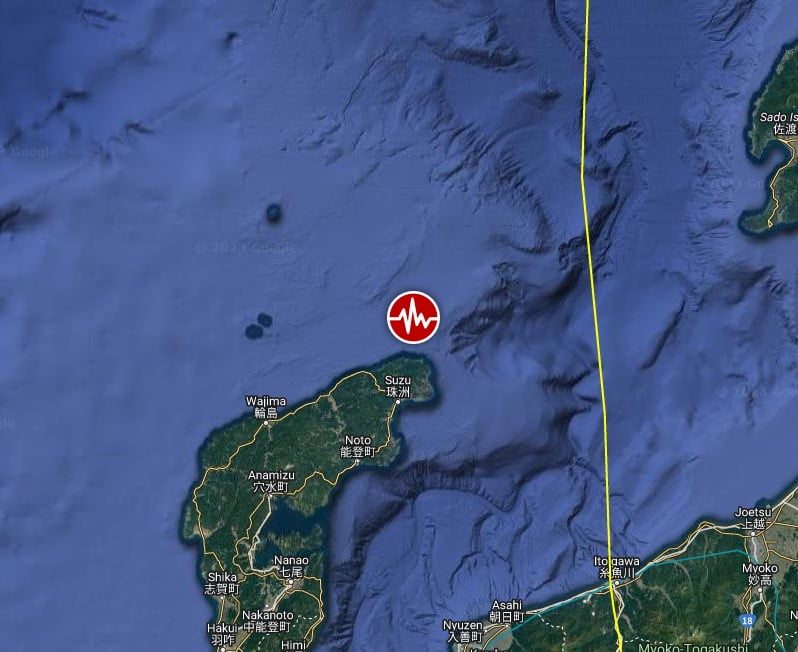
The USGS issued a Green alert for shaking-related fatalities and economic losses. There is a low likelihood of casualties and damage.
Overall, the population in this region resides in structures that are resistant to earthquake shaking, though vulnerable structures exist. The predominant vulnerable building types are heavy wood frame and reinforced/confined masonry construction.
Recent earthquakes in this area have caused secondary hazards such as landslides, fires, and liquefaction that might have contributed to losses.
Estimated population exposure to earthquake shaking

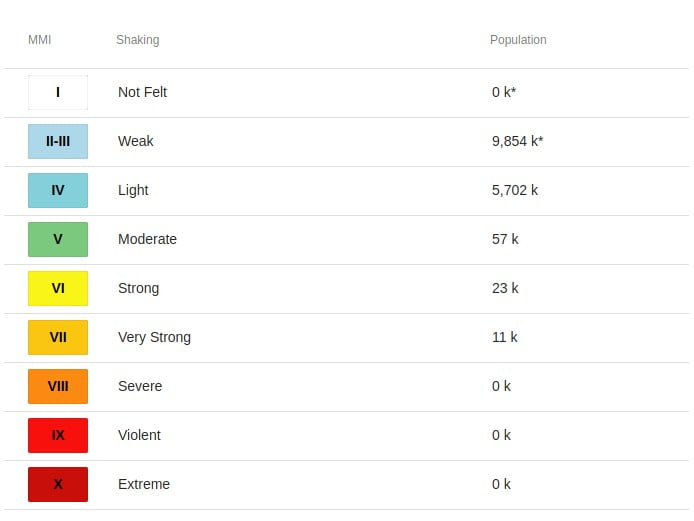
Selected cities exposed
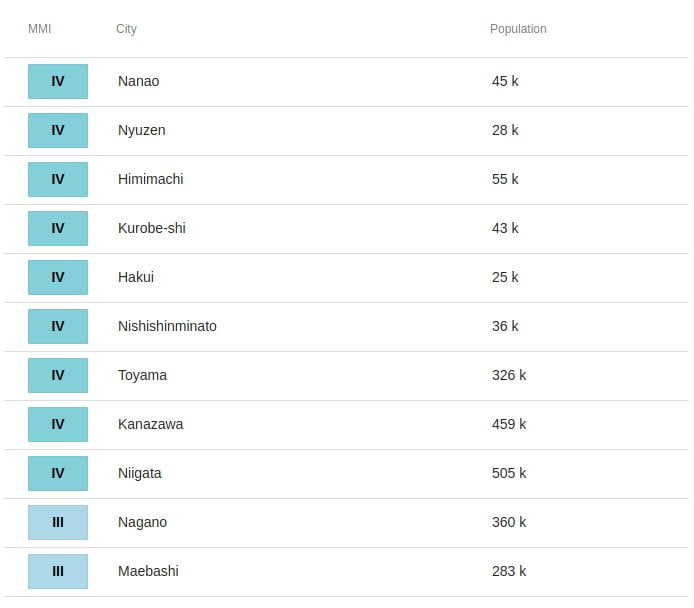
Regional seismicity
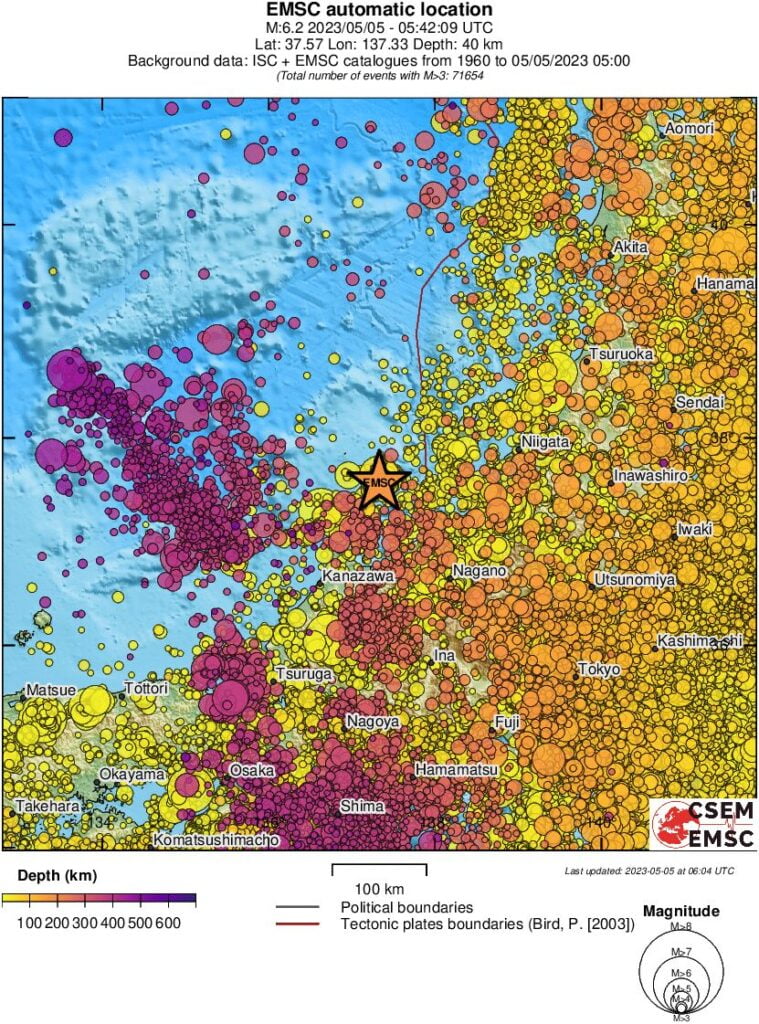
Featured image credit: TW/SAM, Google

Commenting rules and guidelines
We value the thoughts and opinions of our readers and welcome healthy discussions on our website. In order to maintain a respectful and positive community, we ask that all commenters follow these rules.